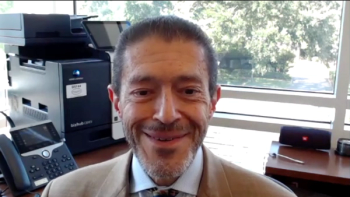
The toxicity profile of interferon and the limited availability of transplantation established a need for TKI development for chronic myeloid leukemia.

Your AI-Trained Oncology Knowledge Connection!


The toxicity profile of interferon and the limited availability of transplantation established a need for TKI development for chronic myeloid leukemia.

The safety and cytokine release syndrome profiles of mosunetuzumab were manageable in patients with previously untreated marginal zone lymphoma.
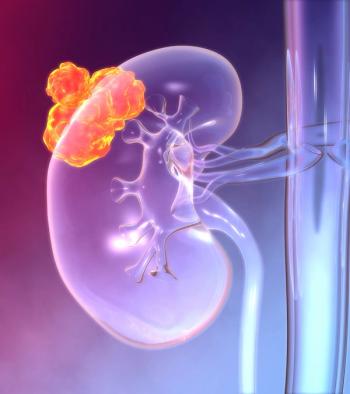
Changes in FKSI-15 scores from baseline indicated more favorable HRQOL outcomes with the benmelstobart combo vs sunitinib in advanced ccRCC.
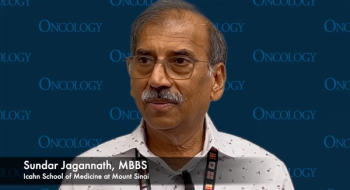
The approach to treating patients with multiple myeloma will change for physicians, pharmaceutical companies, and even patients themselves.

Data from the AQUILA trial support early intervention with fixed-duration subcutaneous daratumumab for those with high-risk smoldering multiple myeloma.
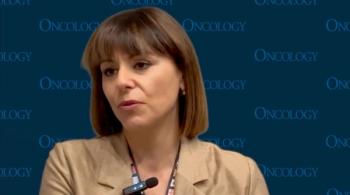
Predictors of response have a significant effect on clinical decision-making because they may help oncologists select the best treatment for specific patients.
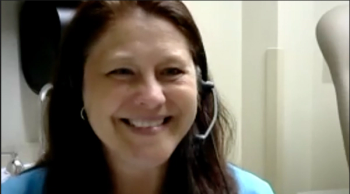
According to Denise B. Reynolds, RD, patients eating well should not be experiencing nutritional deficiencies during cancer treatment.
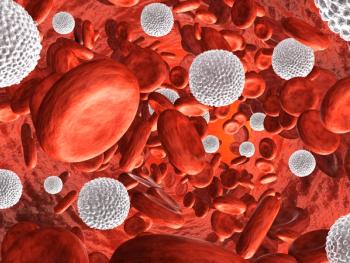
Data from a propensity-matched analysis showed that GLP-1 receptor agonists conferred benefits even among patients with type 2 diabetes.

Delaying treatment with ruxolitinib by more than a year leads to decreased response rates and overall survival in patients with myelofibrosis.
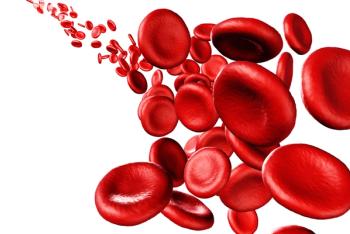
The modified overall response rate was higher with venetoclax/azacitidine vs placebo/azacitidine in patients with intermediate/high risk MDS.

Patients with recurrent or metastatic cervical cancer in Hong Kong are now eligible to receive treatment with tisotumab vedotin.

Referrals to dietitians may help in the management of TEAEs affecting taste and smell, as well as fatigue in patients undergoing cancer treatment.

Results from the phase 3 MIRASOL trial led to the approval of mirvetuximab soravtansine for patients with FRα+ ovarian cancer.

Results from the Beamion-LUNG 1 trial showed an ORR of 75% for patients with HER2+ NSCLC treated with zongertinib.
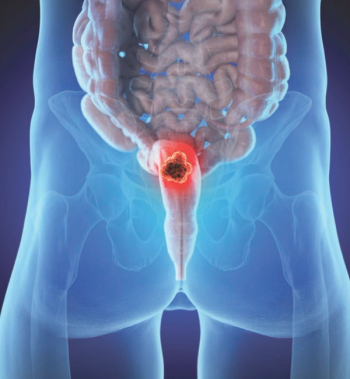
In patients with rectal cancer, the median OS was 12 years in the chemotherapy and radiation therapy group vs 24 years in the chemotherapy alone group.
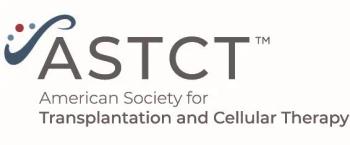
Researchers from the BMT CTN reported that posttransplant cyclophosphamide-based GVHD prophylaxis significantly improves outcomes for adults aged 70 years and older undergoing allo-HCT.

Researchers at the CHOP have developed a new strategy to improve the effectiveness of GPC2-directed CAR T-cell therapy in neuroblastoma by reprogramming the tumor immune microenvironment.

Results from a phase 2 trial showed a 1-year local control rate of 93.1% with SABR in patients with solid tumors who have uncomplicated bone metastases.
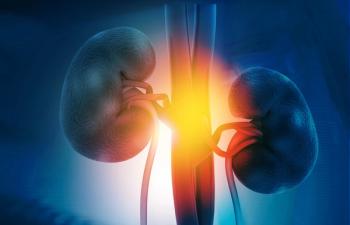
External validation will be assessed in cohort 2 of the AURORAX-0087A trial to improve recurrence detection for clear cell renal cell carcinoma.

The cumulative chronic grade 3 or higher toxicity rate was 3% in patients treated with de-escalated adjuvant radiotherapy vs 11% with standard of care therapy.

Leveraging #WCLC25, lung oncologists spoke about the presentations they’re most looking forward to at the upcoming conference.

Updates on treatments like vusolimogene oderparepvec for advanced melanoma, and novel therapies have been provided by the FDA.

Only 2 patients died in the phase 3 trial evaluating interferon-alpha in adult patients with cancer, but were deemed unrelated to study treatment.

Decreased MAPK signature and increased interferon gamma response signature were associated with sustained treatment benefit on serial evRNA profiling.

The denosumab biosimilars have been approved based on review of a comprehensive data package that showed no meaningful differences vs the already approved agents.

Jorge Cortes, MD, believes that, despite the rapid improvements made in CML treatment, there is always more to be done to help patients.
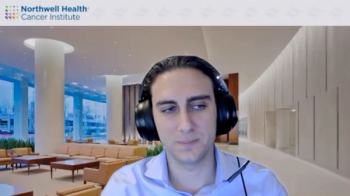
The most common toxicity associated with TAS-102 was neutropenia, with grade 3 events occurring in 73.3% of patients with colorectal cancer.

Blood-based markers of note in kidney cancer prognosis include circulating tumor DNA and proteomic markers, according to Michael B. Atkins, MD.
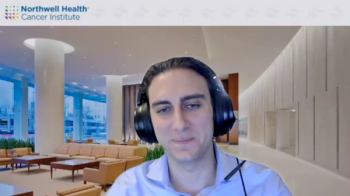
“…I like TAS-102 as an agent, but we need better drugs than we have right now to clear ctDNA and cure patients,” said Hornstein, MD, PhD.
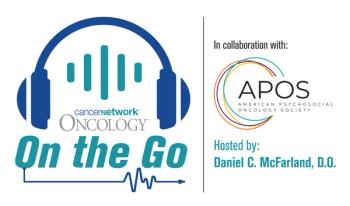
Christian J. Nelson, PhD, dives into the complexities of sexual health concerns with men following cancer treatment, specifically with genitourinary cancers.